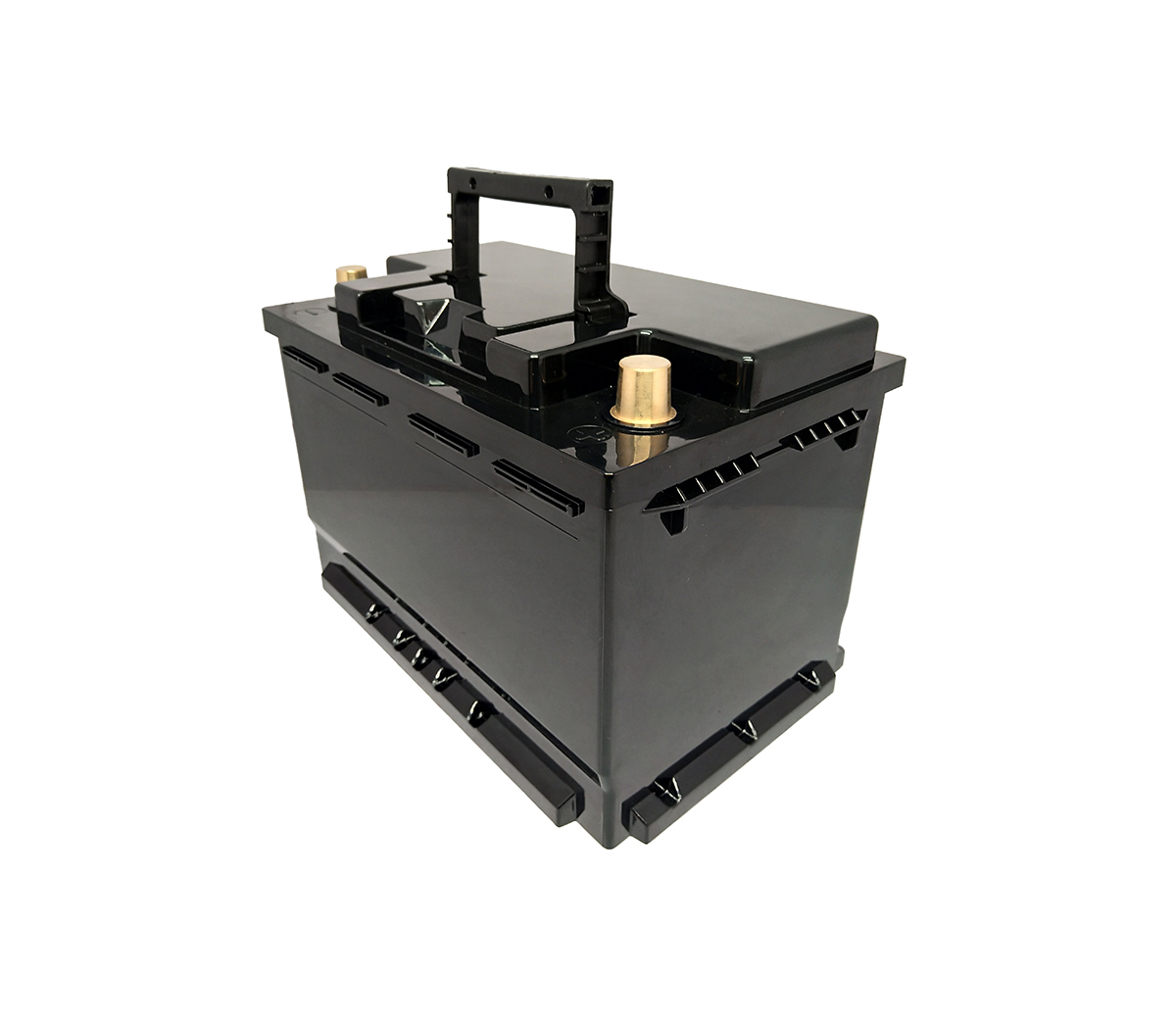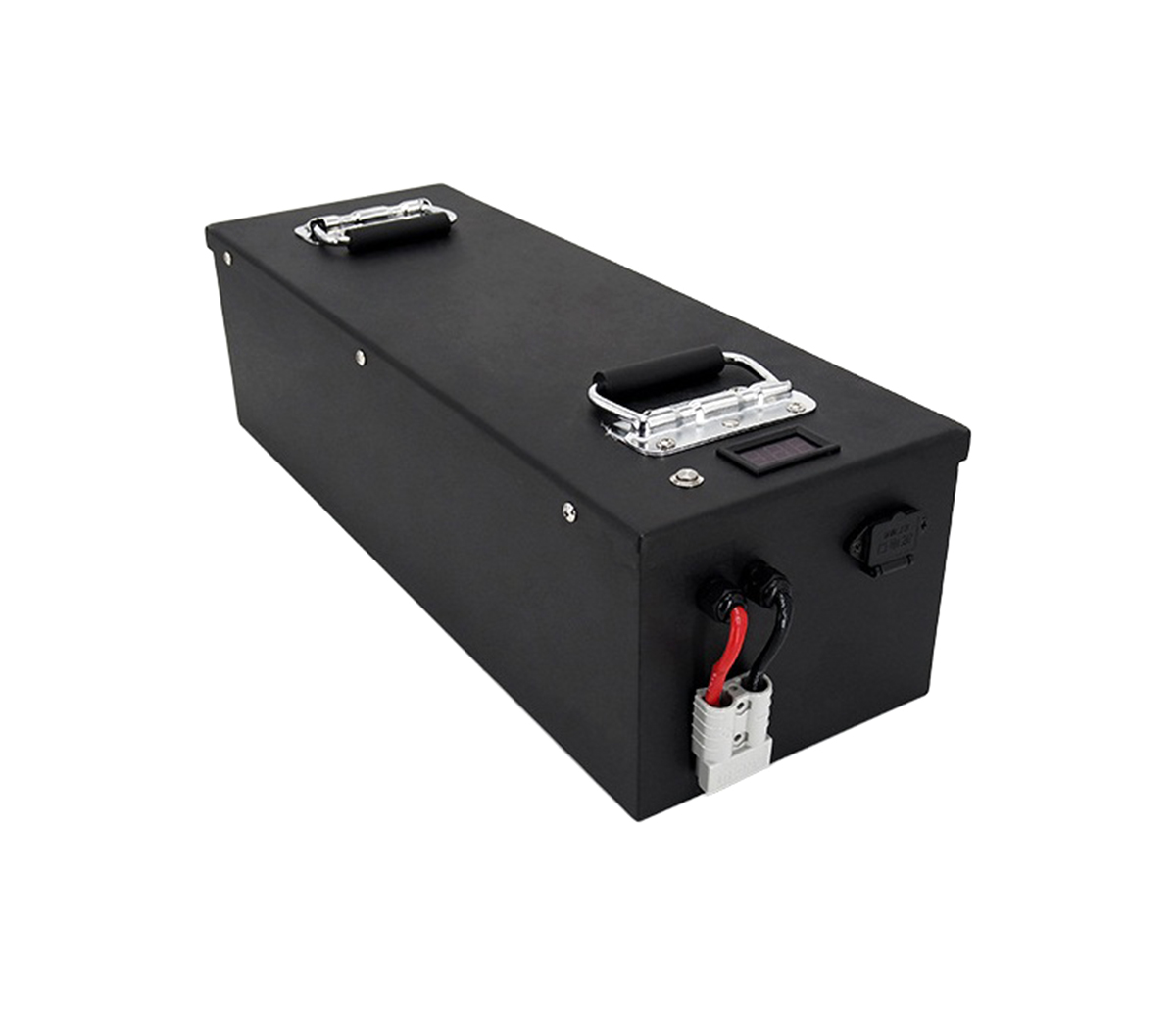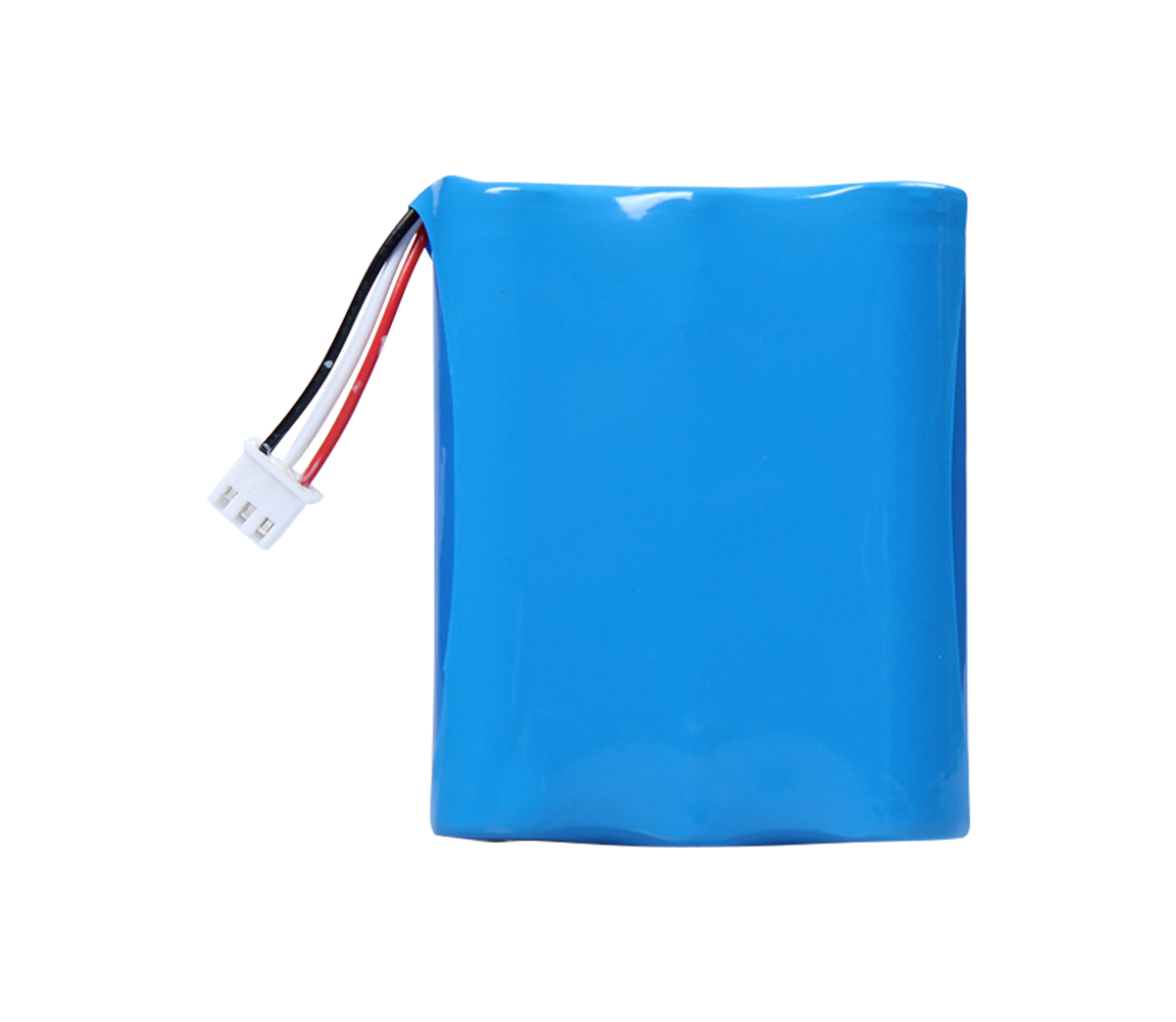What are the protection circuits and working principles of lithium
batteries?
With the development of science and technology, the volume of portable
devices is getting smaller and smaller. With this trend, the requirements for
the volume of the protection circuit of lithium-ion batteries are getting
smaller and smaller. This article will elaborate on the protection circuit of
single-cell lithium-ion batteries. The working principle is similar to the
protection principle of multi-cell series lithium-ion batteries.
The circuit has the functions of overcharge protection, overdischarge
protection, overcurrent protection and short circuit protection. Its working
principle is analyzed as follows:
1 Normal state
In the normal state, the "CO" and "DO" pins of N1 in the circuit both
output high voltage, and both MOSFETs are in the on state, and the battery can
be charged and discharged freely. Because the on-resistance of the MOSFET is
very small, usually less than 30 milliohms, so its on-resistance has little
effect on the performance of the circuit. In this state, the current consumption
of the protection circuit is μA, usually less than 7 μA.
2 Overcharge protection
Lithium-ion battery is a kind of rechargeable battery. The required
charging method is constant current/constant voltage. In the initial stage of
charging, it is constant current charging. With the charging process, the
voltage will rise to 4.2V (depending on the positive electrode material, some
The battery requires a constant voltage value of 4.1V), and switch to constant
voltage charging until the current becomes smaller and smaller. When the battery
is being charged, if the charger circuit loses control, the battery voltage will
continue to be charged with constant current after the battery voltage exceeds
4.2V. At this time, the battery voltage will continue to rise. When the battery
voltage is charged to more than 4.3V, the battery's chemistry Side reactions
will intensify, causing battery damage or safety issues.
In a battery with a protection circuit, when the control IC detects that
the battery voltage reaches 4.28V (this value is determined by the control IC,
different ICs have different values), its "CO" pin will change from high voltage
to zero voltage. Turn V2 from on to off, thereby cutting off the charging
circuit, so that the charger can no longer charge the battery, which plays a
role of overcharge protection. At this time, due to the existence of the body
diode VD2 of V2, the battery can discharge the external load through the
diode.
There is a delay time between when the control IC detects that the battery
voltage exceeds 4.28V and when the V2 signal is turned off. The length of the
delay time is determined by C3 and is usually set to about 1 second to avoid
errors caused by interference. judge.
3 Over discharge protection
When the battery discharges to an external load, its voltage will gradually
decrease with the discharge process. When the battery voltage drops to 2.5V, its
capacity has been completely discharged. At this time, if the battery continues
to discharge the load, it will cause battery damage. Permanent damage.
During the battery discharge process, when the control IC detects that the
battery voltage is lower than 2.3V (this value is determined by the control IC,
different ICs have different values), its "DO" pin will change from high voltage
to zero voltage, making V1 Turning from on to off, which cuts off the discharge
circuit, so that the battery can no longer discharge the load, playing a role of
over-discharge protection. At this time, due to the existence of the body diode
VD1 of V1, the charger can charge the battery through this diode.
Because the battery voltage cannot be lowered any more in the
over-discharge protection state, the current consumption of the protection
circuit is required to be extremely small. At this time, the control IC will
enter a low power consumption state, and the power consumption of the entire
protection circuit will be less than 0.1μA.
There is also a delay time between when the control IC detects that the
battery voltage is lower than 2.3V and when the V1 signal is turned off. The
length of the delay time is determined by C3 and is usually set to about 100
milliseconds to avoid errors caused by interference. judge.
4 Overcurrent protection
Due to the chemical characteristics of lithium batteries, the battery
manufacturer stipulates that the maximum discharge current cannot exceed 2C
(C=battery capacity/hour). When the battery discharges with a current exceeding
2C, it will cause permanent damage to the battery or safety problems.
When the battery discharges the load normally, when the discharge current
passes through two MOSFETs connected in series, due to the on-resistance of the
MOSFETs, a voltage will be generated at both ends of the MOSFET. The voltage
value U=I*RDS*2, RDS is a single MOSFET on-resistance, control the "V-" pin on
the IC to detect the voltage value. If the load is abnormal for some reason, the
loop current will increase. When the loop current is so large that U>0.1V
(the value is determined by When the control IC decides that different ICs have
different values), its "DO" pin will change from high voltage to zero voltage,
and turn V1 from on to off, thereby cutting off the discharge loop and making
the current in the loop zero. Play the role of over-current protection.
There is also a delay time between when the control IC detects the
occurrence of overcurrent and when the V1 signal is turned off. The length of
the delay time is determined by C3, usually about 13 milliseconds, to avoid
misjudgment due to interference.
In the above control process, it can be seen that the overcurrent detection
value depends not only on the control value of the control IC, but also on the
on-resistance of the MOSFET. When the on-resistance of the MOSFET is larger, the
overcurrent protection of the same control IC The smaller the value.
5 short circuit protection
When the battery is discharging the load, if the loop current is so large
that U>0.9V (this value is determined by the control IC, different ICs have
different values), the control IC will judge that the load is short-circuited,
and its "DO" pin will be It quickly changes from high voltage to zero voltage,
so that V1 is turned from on to off, thereby cutting off the discharge circuit
and playing a role of short-circuit protection. The delay time of short circuit
protection is extremely short, usually less than 7 microseconds. Its working
principle is similar to that of over-current protection, but the judgment method
is different, and the protection delay time is also different.
The working principle of the single-cell lithium-ion battery protection
circuit is explained in detail above. The protection principle of the multi-cell
series-connected lithium-ion battery is similar. In the actual battery
protection circuit, there are many other types of control ICs, such as the
S-8241 series of Seiko, the MM3061 series of MITSUMI, the FS312 and FS313 series
of Taiwan Fujing, the AAT8632 series of Taiwan Analog Technology, etc. The
working principle is the same, but the specific parameters are different. In
order to save the peripheral circuit, some control ICs have the filter capacitor
and the delay capacitor built into the chip, and the peripheral circuit can be
very few, such as the S-8241 series of Seiko. In addition to the control IC,
there is also an important component in the circuit, which is the MOSFET, which
acts as a switch in the circuit. Because it is directly connected in series
between the battery and the external load, its on-resistance affects the
performance of the battery. Influence, when the selected MOSFET is better, its
on-resistance is small, the internal resistance of the battery pack is small,
the load capacity is also strong, and it consumes less electric energy when
discharging.
With the development of science and technology, the volume of portable
devices is getting smaller and smaller, and with this trend, the requirements
for the volume of the protection circuit of lithium-ion batteries are getting
smaller and smaller. In the past two years, there has been a control IC and
MOSFET. Integrated into a protection IC product, such as DIALOG's DA7112 series,
some manufacturers even encapsulate the entire protection circuit into a
small-size IC, such as MITSUMI's products.


































